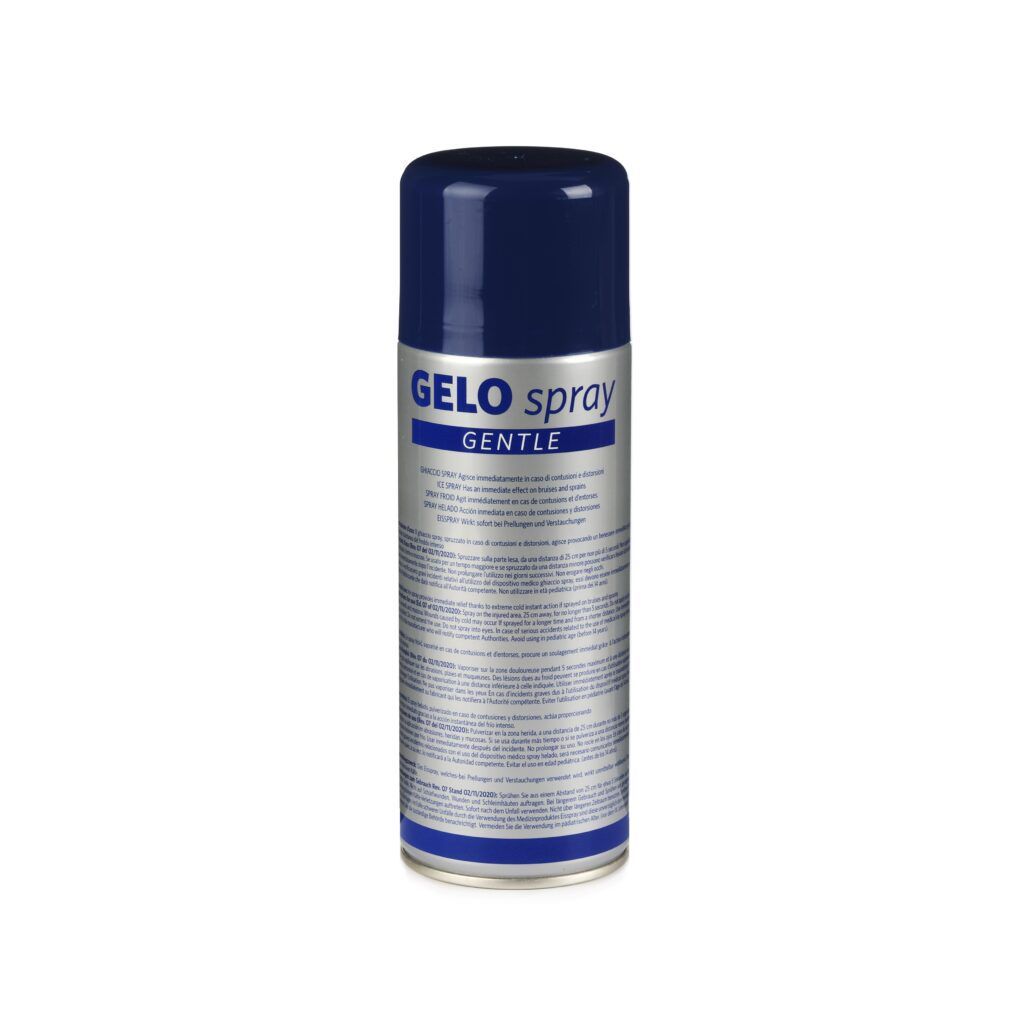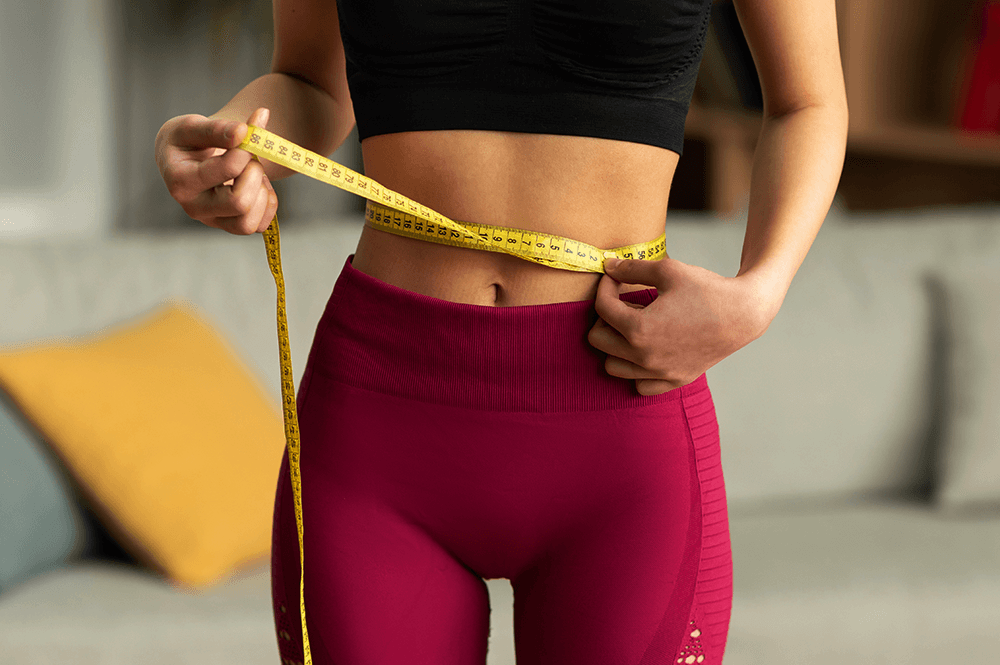News and Curiosity
Training guide for sport climbing
Physical preparation for sport climbing
Sport climbing has become an increasingly popular activity in the world of sports, attracting more and more people interested in this discipline. Like any other sport, it cannot be improvised; physical training is essential to achieve good performance and reduce the risk of injuries. Sport climbing is a form of climbing performed on artificial rock walls, characterized by the use of fixed protections along the route. Sport climbing perfectly combines physical and mental balance: climbers always seek to push their limits while maintaining the mental focus necessary to navigate increasingly complex routes, known as "routes." Physical preparation, along with mental training, should not be underestimated. In recent years, more climbers have started incorporating weight training as a method to strengthen and tone muscles, optimizing their performance on the wall.What type of training is best for sport climbing?
Sport climbing requires technique, strategy, and targeted physical training. Climbers need to understand fundamental elements to reduce physical strain and maintain stability and control through technique. They must also develop efficient strategies to conserve energy and optimize movement by choosing the right footholds and correctly reading routes. In addition to these aspects, climbers need a well-rounded physical training regimen, including exercises for arm, finger, leg, and abdominal muscles, as well as muscular endurance and flexibility. To progress safely and steadily, it's crucial to tailor training to one's experience level, balancing bodyweight exercises, climbing techniques, and fun.Example of a training program for sport climbing
A well-structured training plan is essential not only for improving strength but also for building endurance and refining technique in sport climbing. Although consulting a professional to customize the training program according to individual needs is always recommended, we can outline a series of specific exercises to enhance strength, technique, and endurance.- Strength Training After warming up with aerobic exercises and dynamic stretching, perform a series of pull-ups and dead hangs on a bar, finishing with three sets of 30-second planks. These exercises are also excellent for improving mobility and flexibility while reducing muscle tightness.
- Technique Training focused on technical movements, hand and foot positioning, and weight distribution on the wall.
- Rest To allow the body to recover, choose between complete rest or a light activity such as meditation or yoga to facilitate recovery.
- Strength endurance training Core exercises, pull-ups, and handlebar workouts. These exercises specifically target climbing-related muscle groups, helping to balance the strength of the quadriceps, lower back, and arms. The goal is not to build muscle mass but to develop sufficient strength in the arms and legs to support the body during climbs.
- Technique Repeating indoor climbing sessions to refine technical movements and learn new climbing strategies.
- Rest Absolute rest is essential to allow the body to recover..
Essential equipment for sport climbing
Un altro aspetto da non sottovalutare in questo tipo di sport è la sicurezza. L’attrezzatura per l’arrampicata sportiva è fondamentale per garantire ottime prestazioni e ridurre al minimo rischi e pericoli. Non ci si improvvisa climber, per questo è consigliabile seguire dei corsi di arrampicata sportiva, sempre più numerosi. In ogni caso, gli elementi principali riguardano sicuramente l’imbrago, la corda, i rinvii e le scarpette da arrampicata, che con suola aderente e punta affusolata permettono una miglior precisione negli appoggi in parete. Another critical aspect of this sport is safety. Proper climbing equipment is essential for achieving top performance while minimizing risks and dangers. Climbing should not be attempted without preparation, so taking a sport climbing course is recommended. The key equipment includes a harness, rope, quickdraws, and climbing shoes. Climbing shoes, with their grippy soles and pointed toes, enhance precision in foot placements on the wall.Training tips about sport climbing
Training for sport climbing requires consistency, variety, and listening to one's body. There is no universal formula, but effective training should combine strength, endurance, technique, and recovery. Integrating targeted workouts with climbing sessions helps refine technique and develop movement awareness, while at-home or gym training increases strength, endurance, and mobility. Here are some useful tips for effective training:- Do not skip warm-up and cool-down stretches: this reduces the risk of injuries and enhances performance.
- Include finger and forearm exercises: these areas are often overlooked but are crucial for climbing. However, beginners should avoid overdoing them.
- Listen to your body: if you experience pain or fatigue, take a break.
- It's all about strength. Strength is important and should be trained specifically, but technique, strategy, and energy management are equally crucial.
- The more you train, the better you get. Overtraining can lead to injuries and chronic fatigue; recovery is essential.
- Weight training is unnecessary. If properly integrated, it can enhance strength in a way that benefits climbing.









